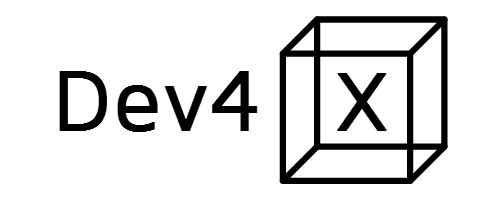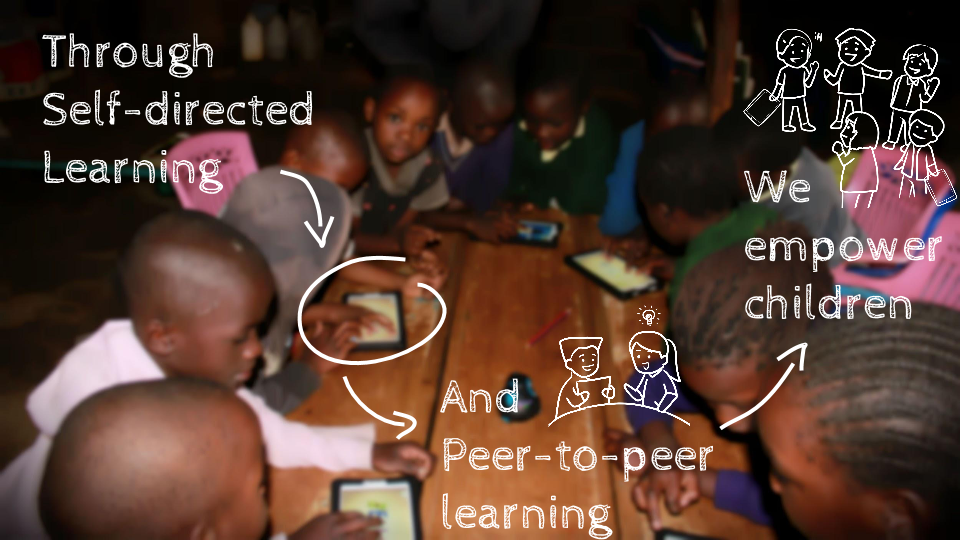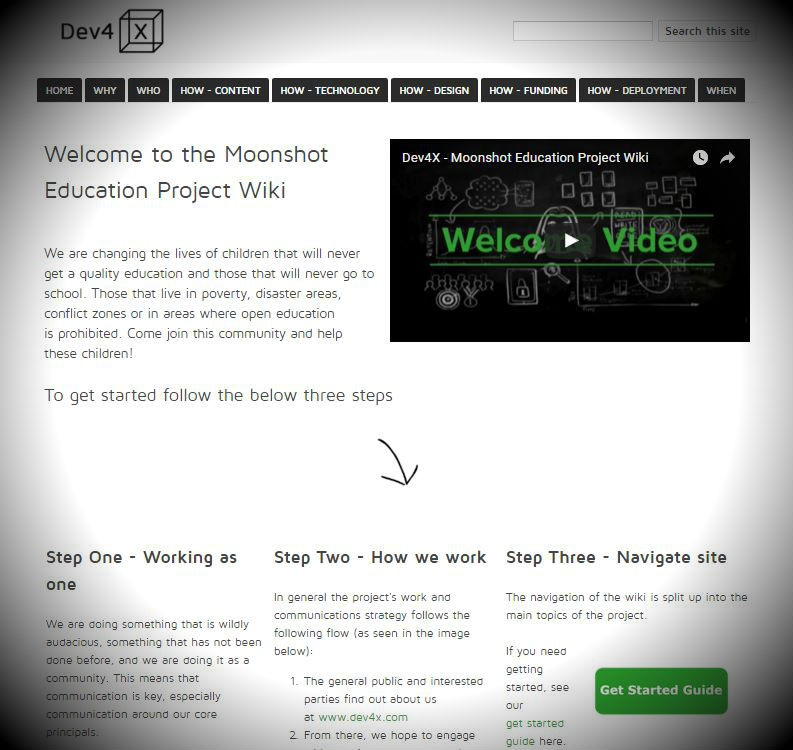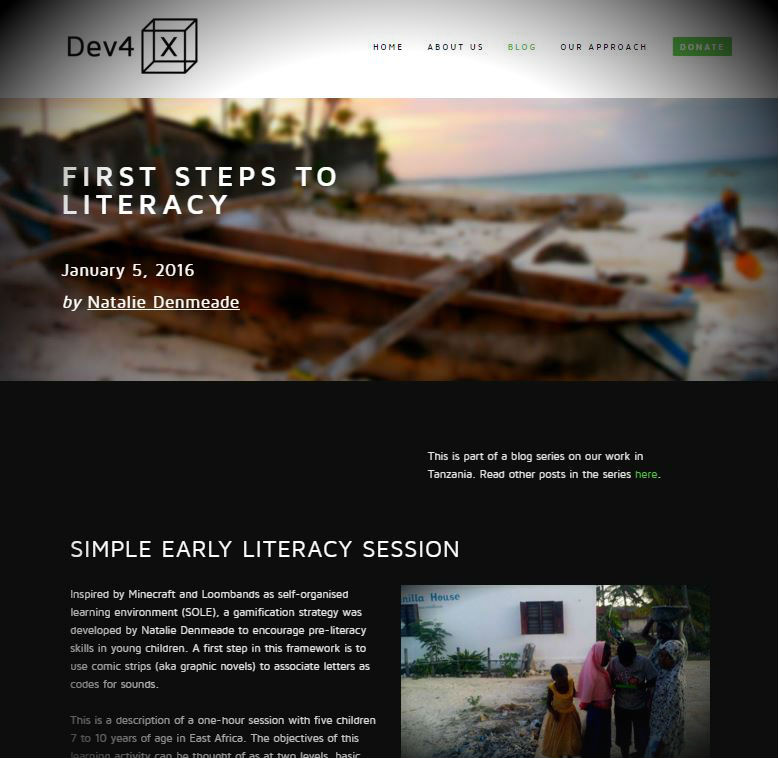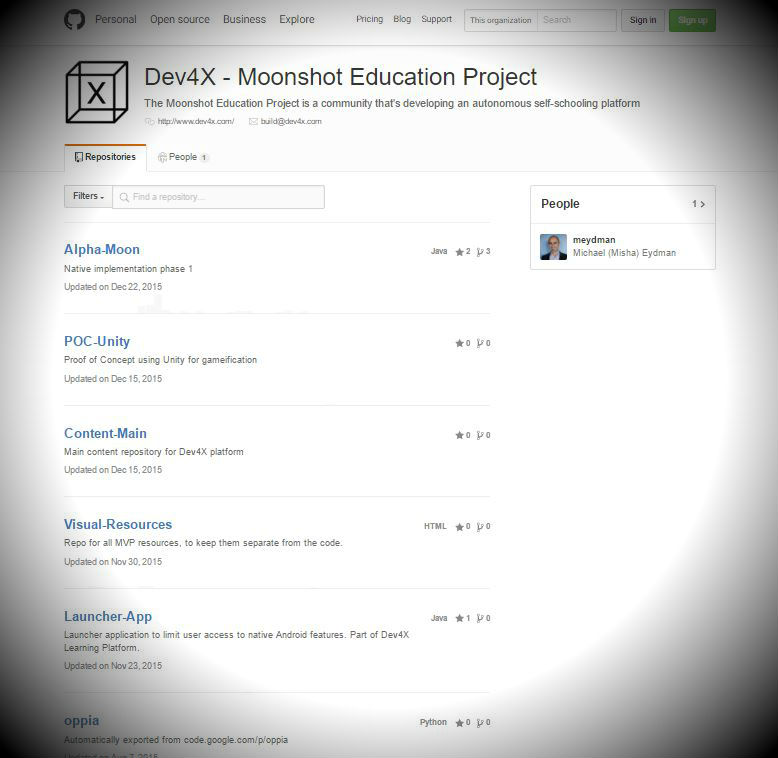The world as I see it — part 3
This is the application I put into the Shuttleworth foundation to join their fellowship program. It's part three of 'the world as I see it' blog series, here is a link to Part 1 and Part 2.
Tell us about the world as you see it?
There are more than 100 million children in the developing world that do not have access to education, because of poverty, where they live, conflicts or belonging to gender-stratified societies that prevent girls from going to school. In addition, there are many more millions who may have access but are leaving school with critical skills gaps. These children are stuck with poorly run schools, sitting in classrooms with up to 90 other kids and provided an outdated factory model of education that fails to empower them and inspire passion, creativity and the joy of learning. Children can no longer succeed in life with an education that is focused on taking standardised tests, learning how to perform repetitive tasks, follow instructions and memorize random facts. Today, children need to be empowered, passionate, creative, entrepreneurial and taught core skills like collaboration, communication, and creative problem solving. This is especially true for those who have the very least!
Unfortunately, much of the educational resources required to address this are closed or inaccessible to the vast majority of people that need it. Curricula are closed behind the bureaucracy of traditional educational organizations. Content is either closed, of poor quality, or designed for traditional classrooms that need trained facilitation. And the teacher role is kept strictly for the educator and not opened up to the children and all that could be empowered to share their learning.
What change do you want to make in the world?
We need to open up and democratize education for all, especially for those most underserved. We need to move from the closed top-down approach, into an open, dynamic, bottom-up approach that empowers children, their communities, and educators to take learning into their own hands.
We need children to not only be inspired by the joy of learning but also to be active teachers and doers from the very beginning. Through leveraging a child's innate curiosity and passion we can foster self-directed learning, giving them opportunity to better their own lives without being reliant on others. We can then also foster a natural peer-to-peer learning model in which they are empowered to teach their friends and efficiently propagate learning through their communities.
Currently, curriculum, content and assessment are batched together, often created by the same organization and then stuck in a closed box that restricts innovation. These components need to be decoupled and opened up in an ecosystem in which each can be tested and scrutinized. This will allow educators from around the world to make sense of the vast amount of educational resources, and move away from the one-size-fits-all models, and find the best for their unique requirements. By providing these ‘learning map’ tools openly to anyone around the world, we can collectively collaborate, distribute and adapt education, from the bottom up, spurring real innovation.
What do you believe has prevented this change to date?
Bureaucratic educational systems have incredible inertia and vested interest in the status quo. Their highly centralized top-down structure restricts significant innovation and any systemic change.
Curriculum, content and assessments are integrally connected to one another, often created by singular organizations and designed to prove their own validity, as opposed to openly vetted, adapted and refined. This protects these organizations and the status-quo but stifles innovation.
The outdated thinking -that implementing a factory model of education is the most efficient way to reach all children-, has been proven false. Top-down, centralized educational systems have not been able to reach the most underserved children, and more importantly, they fail to empower our kids with the critical skills needed. And yet, real fundamental reform is still not happening with the urgency required, as it threatens the status-quo.
This provides us a tremendous opportunity. Not only to design an highly scalable and adaptive educational model that can provide quality, relevant education to all those that need it, but also one that can undermine the pushback of the status-quo.
Over the next year our aim is to further the development of the open learning map, and the tools that foster self-directed and peer-to-peer learning. In addition, working in partnership with organizations like Ashoka, openIDEO, and hopefully yourselves (Shuttleworth Foundation), I hope to build and strengthen our open community.
What are you going to do to get there?
Over the past two and a half years we have pushed forward with this audacious project and systematically taken steps forward to bring us closer to getting the funding, resourced and partnerships needed. In the first year, through building a community, crowdfunding, and field testing, we took our first big step forward. We validated that children in challenging conditions (Slums in East Africa), that had never interacted with modern technology, could pick up tablets and start using our prototype software and various third-party apps without any instructions or guidance. Next, we focused on learning how we can foster peer-to-peer and self-directed learning within these children's challenging conditions. We were able to do so using analog versions of what our digital tools were being designed to do.
Now with this learning under our belts, we have architected the next stage of what we want to build, the learning map. The map will package new and existing educational content, apps and courses together with tools and a gamified user experience that will empower self-directed and peer-to-peer learning. This unique solution can operate within traditional schools as a supplemental tool, but also in environments where there are no schools.
Building this as a product for our partners in Africa, Asia and the US will allow us to gain further feedback from a larger group of children and obtain the external validation needed to take us to our next stage.
What challenges or uncertainties do you expect to face?
This can best be described through our high-level theory of change:
1. If we can build software tools to foster self-directed learning, then we will have technology that could enhance existing educational organizations and content.
The challenges here are: Find quality content, structure agreements with publishers, curate OER content, strengthen community to continue helping our effort around tagging content.
2. If we can build software tools to foster peer-to-peer learning, then we will be able to leverage the untapped potential and passion of children to radically scale education and make learning far deeper.
The challenges here are: Find influential children in communities to use our platform and be ambassadors, build trust, get external validation that it's working.
3. If we can validate the approach and its impact within small deployments, then we can gain trust, move further away from traditional linear curricula and implement it as a supplemental tool within existing schools, or as a primary tool for children who don't have access to schools.
The challenges here are: overcoming parental and community hesitancy.
4. If we can build these tools to operate standalone on low-cost devices, and make it really easy to install on existing hardware, then we will be able to deploy it into areas current approaches simply cannot reach and achieve massive scale at close to zero marginal cost.
The challenges here are: Technical resources and R&D funding.
What part does openness play in your idea?
Dev4X is an experiment in radical openness!
Core to our philosophy, the way we work and how we collaborate is openness. It’s through our open sharing of ideas and resources that innovation is sparked and this huge challenge can be solved. I founded Dev4X with this principle, and from the start we have openly published all our ideas, work, code, prototypes, research and test results. We have an open wiki, Github and research blog, and it's through this that others can adapt the ideas and build on them, sharing them back and making them better.
In addition, we believe quality, relevant education should be open and available to all. This is why our platform is designed and distributed as openly. The learning map is being designed to operate like Wikipedia allowing educators from around the world to contribute, share and learn from others. And, the data and research that will be generated by the learning map will also be openly available as this will fuel the innovation we so desperately need within education.
Our open philosophy has allowed us to attract some of the brightest minds to our work and to join our community. It's through this global collaboration that we are aiming to achieve our audacious mission to empower a billion children by 2030.
Who is the Shuttleworth Foundation
“We would like to live in an open knowledge society with limitless possibilities for all.”
